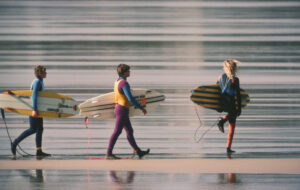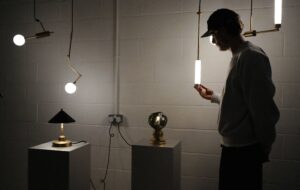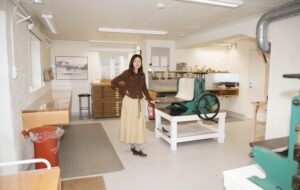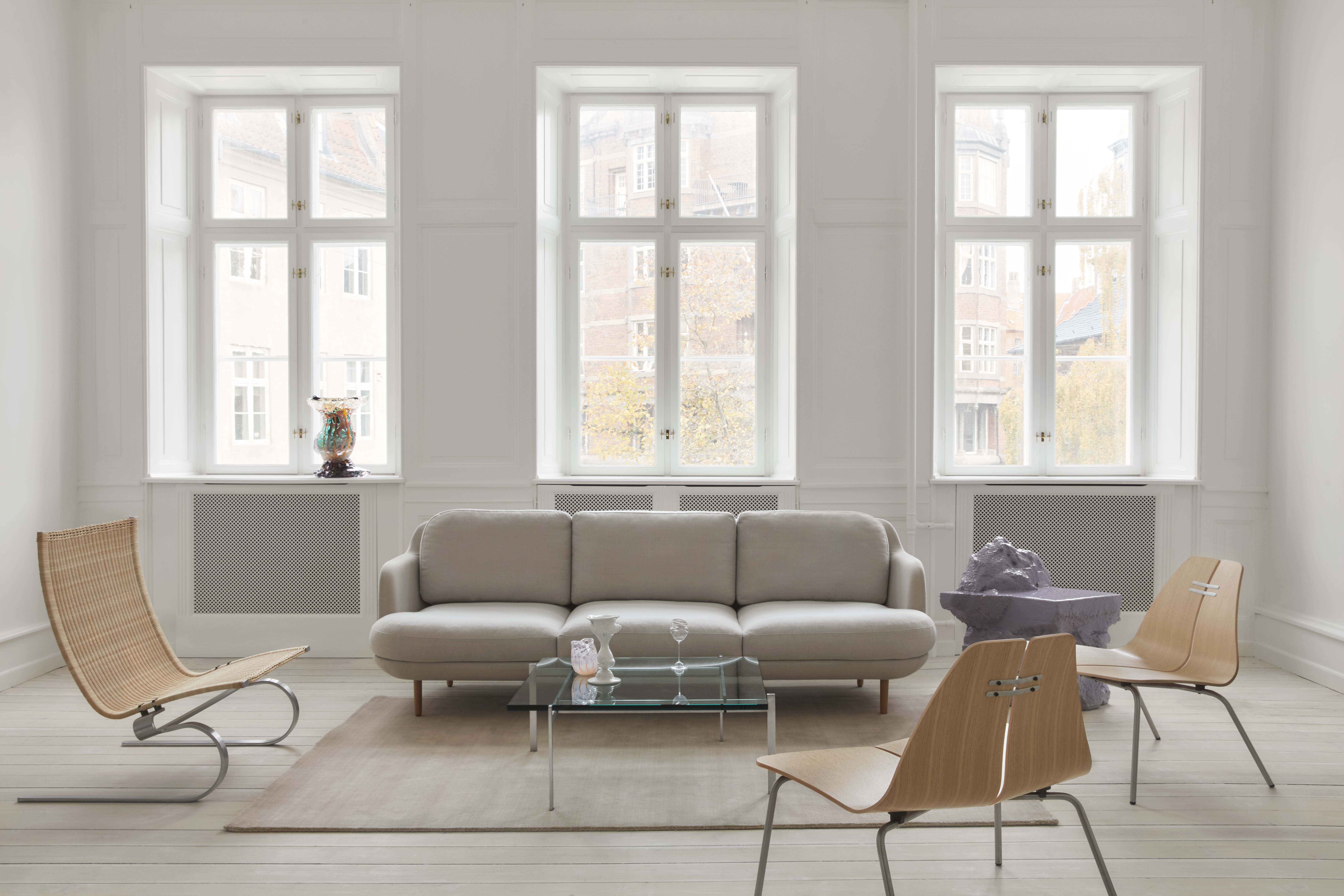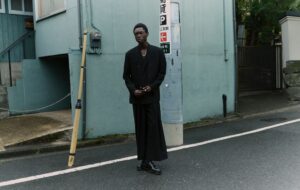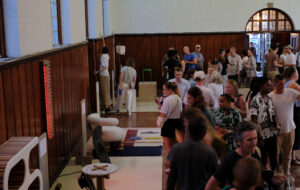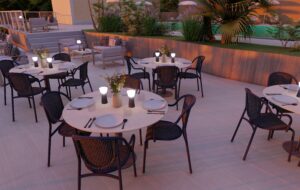|
The beacon suggests a mass of coral (image: Fernando Guerra FG + SG) |
||
|
“It wasn’t created magically on the computer,” says Daniel Tobin, principal of Urban Art Projects, about the firm’s “beacon” for the King Abdullah University of Science and Technology (KAUST) in Jeddah, Saudi Arabia. Although it might resemble some of the outlandish parametrically generated forms currently seen on the walls of architecture schools, it’s a project based as much upon an old-fashioned artistic design process of drawing and model-making as it is on the computer. The hexagonal blocks that make up the massive beacon are intended to “evoke the forms of coral stepping out of the Red Sea and forming a vertical mass”, and are constructed as a “biscuit” of reinforced concrete sandwiched between pre-cast concrete panels. The interior is soon to be clad in marble; Tobin is interested in recreating the spatial quality of the ancient mosques of Jeddah, where a sand-blasted exterior contrasts with the cool smoothness of the interior. “We’re thinking on a different time-frame,” he says. In common with many a project in the oil-rich parts of the Middle East, King Abdullah wishes to hark back to a supposed golden age – KAUST is to be a “modern house of wisdom” akin to the earliest universities in the Arab world. In that sense, the beacon is a successful abstraction of Islamic design techniques and previous building types.
The interior is to be clad in marble (image: Fernando Guerra FG + SG)
The beacon suggests a mass of coral (image: Fernando Guerra FG + SG) |
Words Douglas Murphy |
|
|
||


